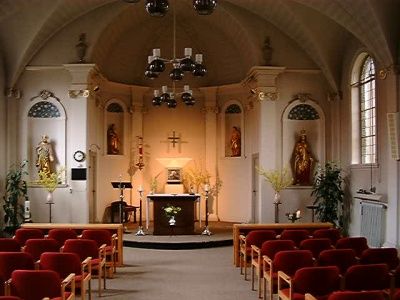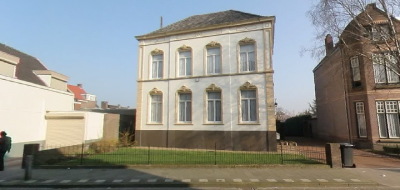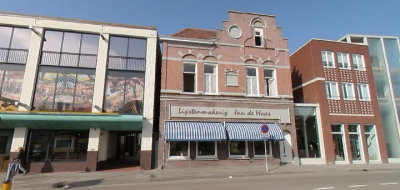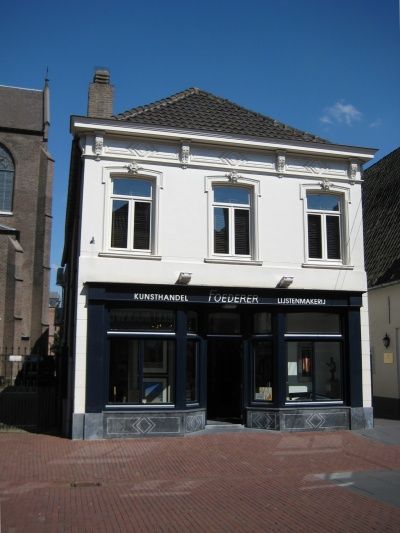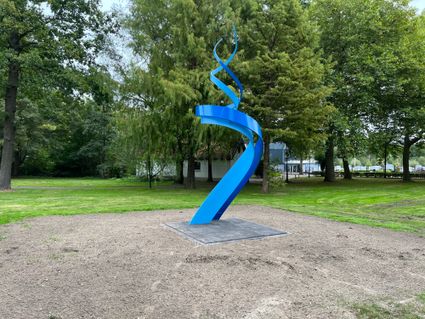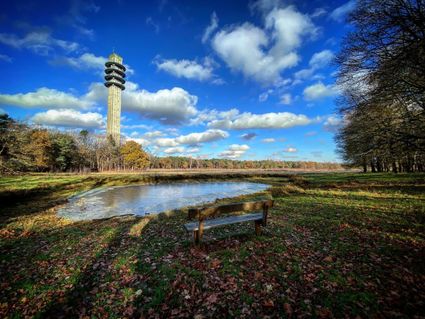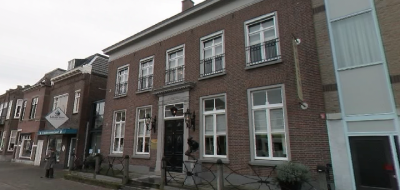Voormalig klooster Nazareth | Gemert
Gemert. The monastery has expanded considerably, behind the street facade pictured here, the building extends back on one side by another. The grey plastered house is also part of the monastery, it is the rectorate Gemert. The chapel is a so-called Waterstaatskapel, its construction was compulsorily supervised by the national government
The complex of the former Nazareth convent has expanded dramatically over time. Started by …
Gemert. The monastery has expanded considerably, behind the street facade pictured here, the building extends back on one side by another. The grey plastered house is also part of the monastery, it is the rectorate Gemert. The chapel is a so-called Waterstaatskapel, its construction was compulsorily supervised by the national government
The complex of the former Nazareth convent has expanded dramatically over time. Started by the Franciscan Sisters Penitents-Recollectines, with a mansion which they bought in 1847 as a convent and school for poor children (the parents then did not have to pay tuition fees), already in 1851-52 a school building was built. The sisters originally came from Oirschot and also had a branch in Bakel. Originally, only girls were taught, because in the existing village school they were together with the boys, which by Catholic standards was also undesirable for primary school children. n 1857, a so-called Waterstaatskapel was added, today a National Monument.In 1882, another extension was built at right angles to the previous school building. This section was kept in use as a school until 1986 and was known as the Nazareth School. As such, pupil numbers were not amiss. All sorts of other additions like a rectorate, a wall around the grounds and a wash and bake house were added over the years. Despite or precisely because of all these new buildings, the nuns' finances were not in too good a shape, especially in the 19th century. Until 1890, they received no support from church or community and, apart from the school fees for the wealthier children who also attended the Nazareth School, they mainly earned their living with all kinds of sewing and mending work. The middle-class and poor children were kept strictly separate. The sisters' aim was to isolate themselves from the outside world as much as possible, hence the wall around the grounds. They were also as self-sufficient as possible, with their own fields and a convent farm next to the convent itself.
The convent is complete with convent gardens, originally laid out in a cross shape, cemetery for the nuns (including the recently restored morgue where the dead were laid out) and a Marian grotto in the gardens. This Marian grotto is based on a Marian grotto in the French pilgrimage site in Lourdes. However, it differs in a number of ways. For instance, it is meant to be viewed from all sides, rather than only from the front, and it is also made of rough chunks of either iron ore or slag (waste from metal smelters) rather than smooth stone. This could possibly be explained by its location, in the garden, surrounded by vegetation. In this way, the little cave also fits a bit into the folly tradition. A folly was once very popular in large gardens, it was a small structure meant to look picturesque, old or plain crazy. It was, for instance, a dilapidated Greek temple or a Japanese gazebo, but an artificial cave in the garden was also common. The strangest thing about this little cave, however, is the inside; you can enter the grotto, where there is an empty little stage and empty niches, possibly once intended for holy water bowls. This is unique in the history of Lourdes grottos, normally such a grotto only has a front. Until the 1960s, there was a high wall on the street side of the complex, after a major reconstruction of the front facade, it was removed.
Sources:
T. Thelen, Gemert Monumentaal, 1993, Heemkunderkring de Kommanderij, Gemert
A. van de Kimmenade-Beekmans, A. Otten, T. Thelen, E. Roijakkers, Fotobureau Het Zuiden, Nazareth 150 years in Gemert, 1998, Gemerts Heem, Gemert
Drs. W.G.J.M. Meulenkamp, WAARDEBEPALING LOURDESGROT VOORMALIG KLOOSTER NAZARETH, GEMERT, 2003, Utrecht

